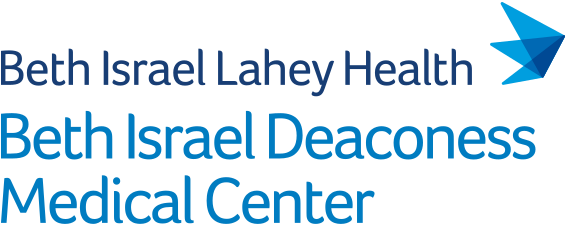BACKGROUND: Impostor phenomenon (IP) is defined as self-doubt among high-achieving individuals. Previous studies have shown a high prevalence of IP among resident physicians, which can negatively impact the learning environment of academic teaching hospitals.
OBJECTIVES: This study explores how medical team leaders can help resident physicians overcome IP.
METHODS: A survey was conducted from February to June 2024 among internal medicine (IM), general surgery, and obstetrics and gynecology residents at Beth Israel Deaconess Medical Center. Using pragmatic qualitative analysis, the study identified leadership strategies that help alleviate IP.
RESULTS: Out of 125 respondents (49% response rate), 70% were IM residents, 14% OB-GYN, and 16% general surgery residents. Higher PGY levels were associated with lower odds of frequent IP, with an odds ratio of 0.71 (95% confidence interval of 0.51-0.97). Gender and specialty were not significantly associated with higher IP frequency. Effective leadership strategies included normalizing IP, providing specific feedback, demonstrating trust, and fostering a safe space to discuss negative thoughts.
CONCLUSION: Team leaders can help with learners' IP by normalizing it, taking time to give specific and constructive feedback, empowering the learner through trust, and creating a safe space to discuss negative self-perceptions. Imposter phenomenon declines with increased experience throughout residency. Future work needs to explore how to effectively train all resident and faculty team leaders with these strategies and their impact on medical student and intern wellness, especially in high-risk specialties and training levels.
